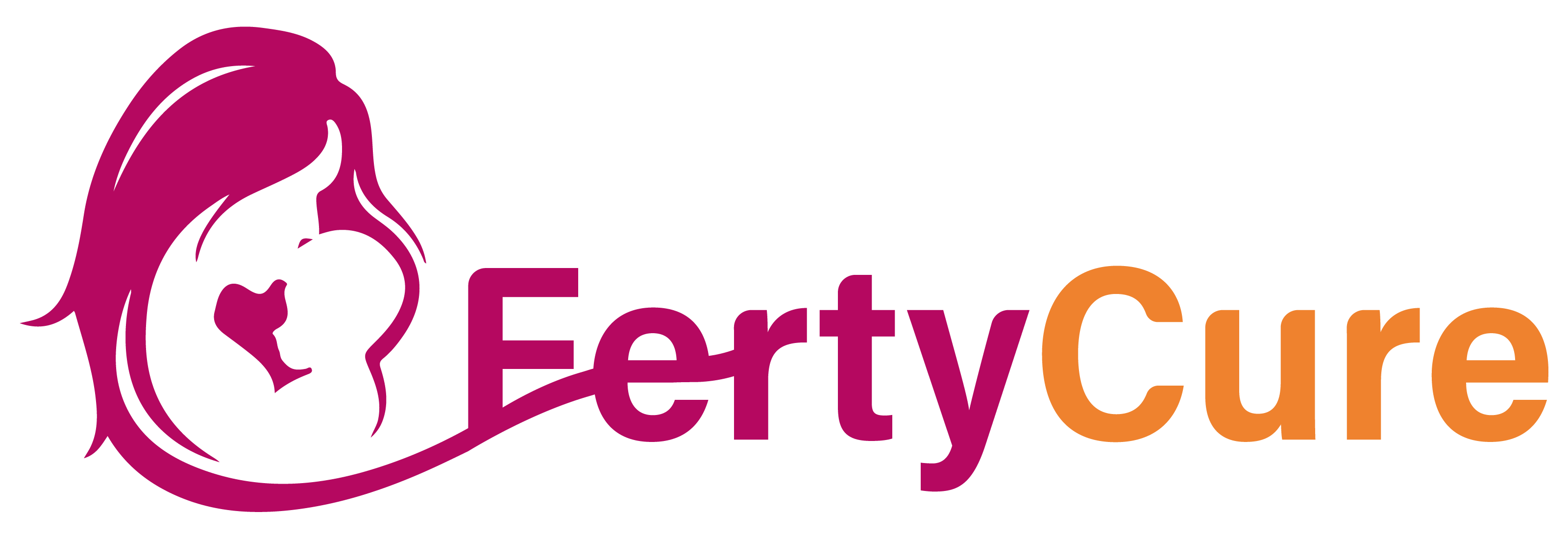Table of Contents
Facts About Ovulation and Fertility
When trying to conceive, understanding ovulation and fertility is crucial. Knowing how these processes work can improve your chances of getting pregnant. Let’s understand ovulation and fertility in simple terms, providing essential facts every couple should know.
Must Read: Female Infertility Treatment in India
What is Ovulation?
Ovulation is a part of the menstrual cycle when an ovary releases an egg. This usually happens around the middle of the cycle, about 14 days before the start of the next period. The egg then travels down the fallopian tube, where it can meet sperm and get fertilized.
Key Facts About Ovulation
- Timing is Everything:Ovulation typically occurs once a month. However, the exact timing can vary between different women and even from one cycle to another. For most women with a 28-day cycle, ovulation happens around day 14. For those with shorter or longer cycles, ovulation can occur earlier or later.
- Signs of Ovulation:There are several signs that can indicate ovulation. These include:
- Changes in Cervical Mucus: Around ovulation, cervical mucus becomes clear, slippery, and stretchy, similar to egg whites.
- Basal Body Temperature: A slight increase in basal body temperature (the body’s resting temperature) can occur after ovulation.
- Ovulation Pain: Some women feel a mild pain or cramp in the lower abdomen,called mittelschmerz, during ovulation.
- Ovulation Tests:Ovulation predictor kits (OPKs) can help determine when you’re about to ovulate. These tests detect a surge in luteinizing hormone (LH) in your urine, which happens 24-36 hours before ovulation.
Understanding Fertility:
- Fertile Window:The fertile window is the best time to try to conceive. It includes the day of ovulation and the five days before it. Sperm can live inside a woman’s body for up to five days, so having intercourse during this time increases the chances of sperm meeting the egg.
- Age and Fertility:A woman’s fertility naturally declines with age. Women are fertile in their 20s and early 30s. After age 35, the decline in fertility accelerates, and it becomes more challenging to conceive.
- Healthy Lifestyle for Better Fertility:Maintaining a healthy lifestyle can boost fertility. Here are some tips:
- Balanced Diet: Eating a nutritious diet rich in fruits, vegetables, whole grains, and lean proteins can improve overall health and fertility.
- Exercise: Regular moderate exercise can help maintain a healthy weight, which is crucial for fertility. Exercise can also have the opposite effect on the body.
- Avoid Smoking and Alcohol: Both can negatively impact fertility for both men and women.
- Stress Management: High stress levels can affect hormonal balance and ovulation. Relaxation techniques and reducing stress can be beneficial.
- Male Fertility:Fertility isn’t just about the woman. Male fertility is equally important. Healthy sperm count, motility (movement), and morphology (shape) are essential for conception. Men can improve their fertility by maintaining a healthy weight, avoiding tobacco and excessive alcohol, and managing stress.
- When to Seek Help:If you’ve been trying to conceive for a year without success (or six months if the woman is over 35), it might be time to see a fertility specialist. They can identify any underlying issues and suggest appropriate treatments.
Conclusion:
Understanding ovulation and fertility is essential for couples trying to conceive. Knowing when ovulation occurs, recognizing the signs, and maintaining a healthy lifestyle can significantly increase the chances of getting pregnant. If challenges persist, seeking help from a fertility specialist can provide the necessary support and solutions. With the right knowledge and approach, the journey to parenthood can become more manageable and hopeful.

